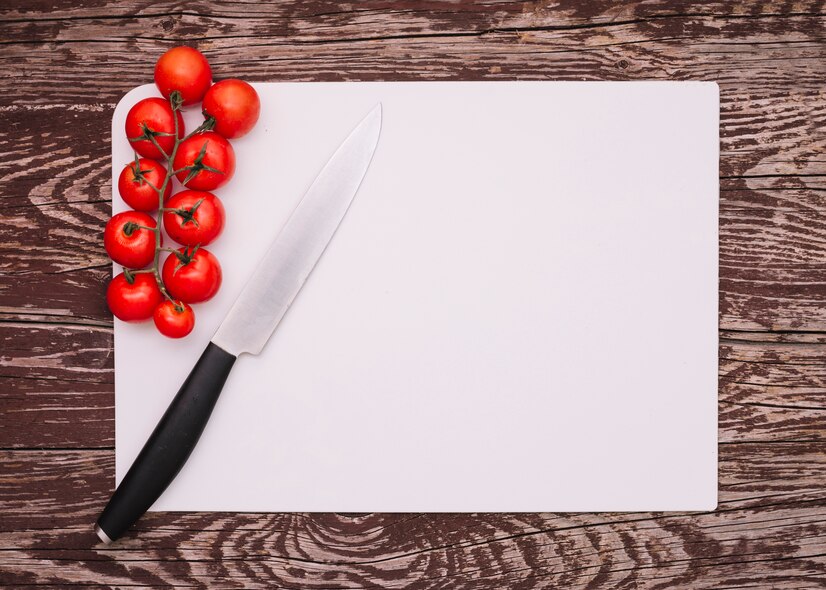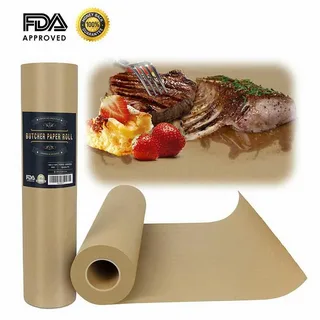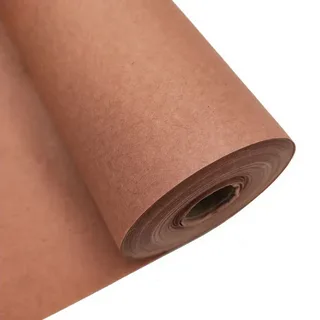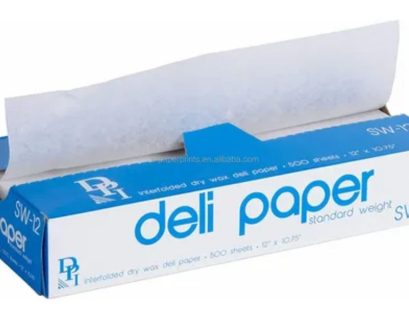Butcher paper. A humble, unassuming material that has been a staple in kitchens and butcher shops for generations. Its thick, sturdy texture and moisture-resistant properties make it an essential tool for handling meat, poultry, and fish. However, butcher paper’s versatility extends far beyond the realm of food preparation. From artistic expression to home decor, this unassuming paper has a multitude of uses that are often overlooked.
The History of Butcher Paper
To truly appreciate the significance of butcher paper, it’s essential to understand its origins. The exact date of its invention is shrouded in the mists of time, but it is believed to have emerged during the 19th century as the meatpacking industry began to expand. Before the advent of butcher paper, butchers relied on cloth or burlap to wrap their products, which were often less hygienic and less efficient.
The introduction of custom butcher paper revolutionized the meat industry. Its ability to absorb moisture and grease while providing a barrier against contamination made it an ideal choice for wrapping meat. As the demand for meat increased, so too did the demand for butcher paper, solidifying its position as an indispensable tool in the culinary world.
The Composition and Properties of Butcher Paper
Butcher paper is typically made from kraft paper, a strong, durable type of paper produced from wood pulp. The manufacturing process involves treating the paper with a sizing agent, which imparts water resistance and grease-proof qualities. This combination of properties makes butcher paper exceptionally well-suited for its intended purpose.
One of the key characteristics of butcher paper is its thickness. This thickness contributes to its strength and durability, allowing it to withstand the weight of meat and other heavy items without tearing or ripping. Additionally, butcher paper is absorbent, which helps to prevent leakage and maintain product freshness.
Butcher Paper in the Kitchen
While butcher paper is primarily associated with meat, its uses in the kitchen extend far beyond the butcher block. Here are some creative ways to incorporate butcher paper into your culinary endeavors:
- Food Wrapping: Of course, butcher paper is still an excellent choice for wrapping meat, poultry, and fish. Its moisture-resistant properties help to prevent freezer burn and maintain freshness.
- Baking: Line baking sheets with butcher paper for easy cleanup and to prevent sticking. It can also be used as a makeshift parchment paper for roasting vegetables or fish.
- Food Presentation: Butcher paper can add a rustic and stylish touch to your food presentation. Use it to line baskets for serving bread or create individual placemats for a casual dining experience.
- Cleaning: Butcher paper can be used to line countertops or shelves when preparing messy foods. It can also be used to clean up spills and messes.
Unexpected Uses for Butcher Paper
Butcher paper’s versatility extends far beyond the kitchen. Here are some innovative and unexpected ways to utilize this versatile material:
- Art and Craft: Butcher paper provides a large, sturdy surface for drawing, painting, and crafting. Its affordability makes it an excellent choice for both beginners and experienced artists.
- Packaging: Butcher paper can be used to wrap gifts, protect fragile items during shipping, or create custom packaging for products.
- Home Decor: Create a unique wall covering by hanging large sheets of Custom printed Deli paper and decorating with paint, markers, or stencils. It can also be used as a tablecloth or runner for a casual and stylish dining experience.
- Gardening: Use butcher paper to create a weed barrier in your garden. It helps to suppress weed growth while allowing water and air to penetrate the soil.
- DIY Projects: Butcher paper can be used for a variety of DIY projects, such as creating a custom floor covering, building a temporary wall, or protecting surfaces during home renovations.
The Environmental Impact of Butcher Paper
While butcher paper offers numerous benefits, it’s essential to consider its environmental impact. Traditionally, butcher paper has been made from wood pulp, which requires the harvesting of trees. However, there is a growing trend toward using recycled materials to produce butcher paper, reducing its environmental footprint.
Additionally, some companies are exploring alternative materials for butcher paper, such as bamboo or sugarcane, which are more sustainable options. By choosing environmentally friendly butcher paper products, consumers can contribute to a greener planet.
Conclusion
Butcher paper is a versatile and underrated material with a wide range of applications. From its traditional use in the meat industry to its creative and innovative applications in the home and beyond, Deli Paper continues to be a valuable resource. By understanding its properties and exploring its potential, we can unlock the full range of possibilities offered by this unassuming yet remarkable material.















